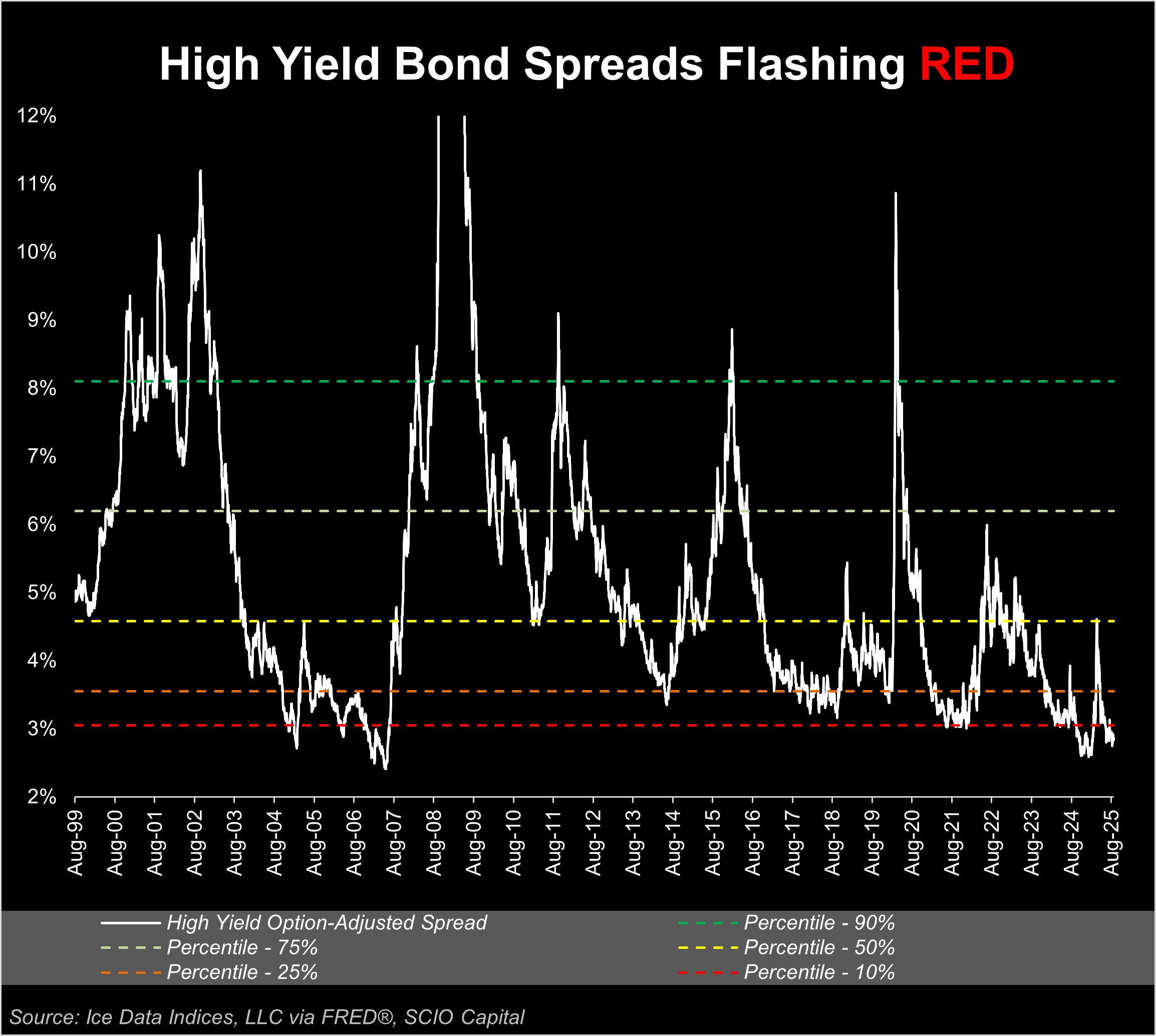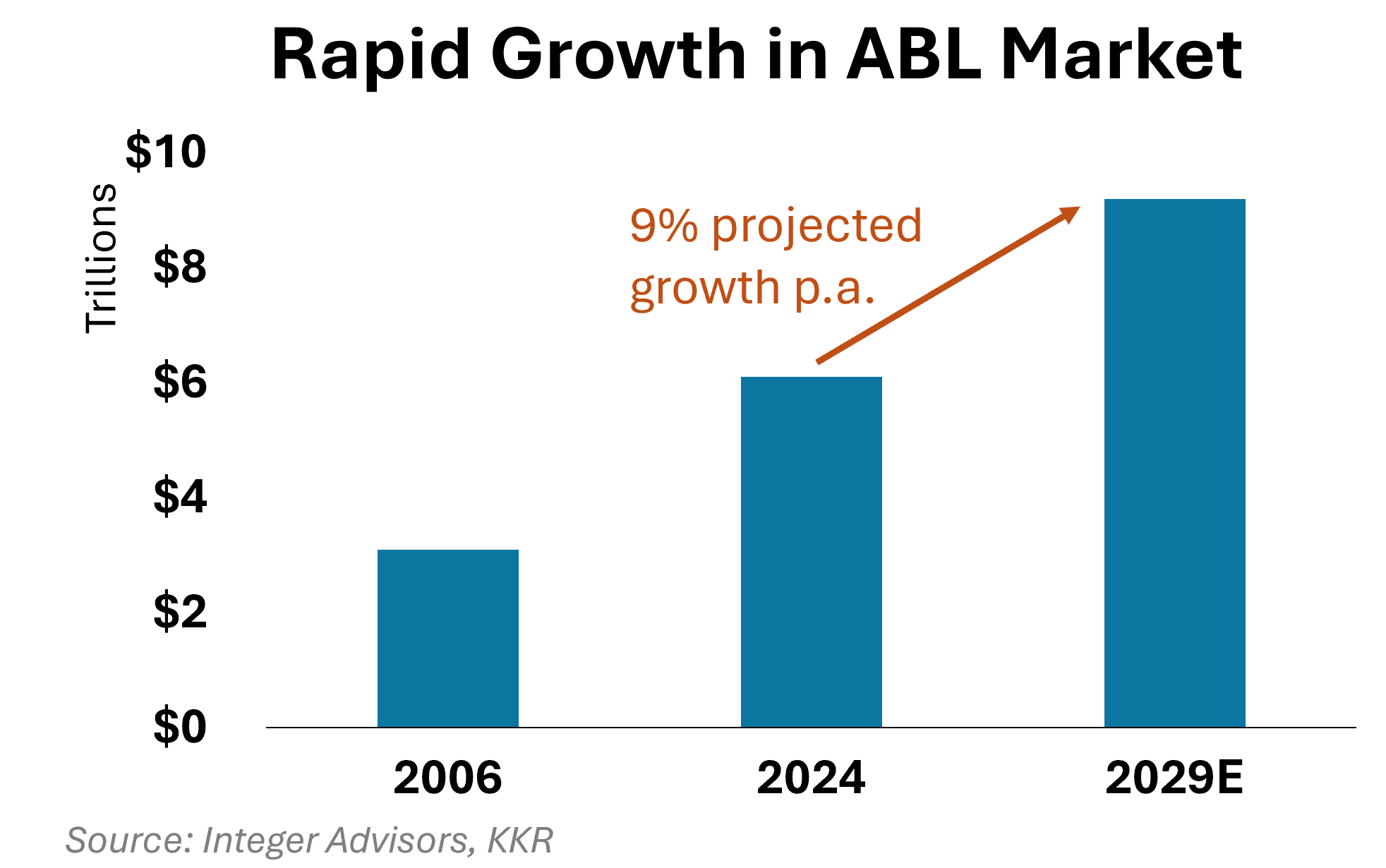
The diversification trap
The risk of "diworsification"
Peter Lynch, the legendary former manager of Fidelity’s Magellan Fund, dubbed a term for holding too many positions which dilutes the impact of winners and becomes both difficult and costly to manage 'diworsification'.
Diversification is a highly effective risk-management tool; holding a pool of assets is a core principle of modern portfolio theory—called “the only free lunch in investing” by Nobel laureate Harry Markowitz, the father of modern portfolio theory.
But the math reveals something many investors overlook: research shows that holding around 20 stocks reduces portfolio volatility by roughly 27%; adding another 980 stocks trims only about 2.5% more.
The diversification trap
For many credit fund managers the pressure to deploy capital is immense. Limited partners want to see their money put to work. Deal teams want to stay busy. Before long, a fund can hold hundreds of positions.
This dynamic never makes it into investor presentations. With 150 positions, what happens when position 87 starts to wobble? The honest answer: it often gets less attention than it deserves.
Restructuring a credit is gruelling work, demanding time, specialised expertise, and difficult conversations. When a position is relatively small, many managers take the loss and move on because the opportunity cost of a full workout is deemed too high.
Now multiply that decision across dozens of small positions over a fund's life and the effect is death by a thousand cuts.
This is a real-life example of diworsification in action, and it happens every day.
When every investment matters
By contrast, managers running more concentrated books operate differently. Concentration forces discipline. When every position matters to your returns, underwriting is sharper, structures are more defensive, monitoring is tighter. And when a credit underperforms, they fight tooth and nail to protect every dollar because it matters.
This isn’t theoretical. The best private credit and private equity managers have long understood that you don’t generate alpha by buying the market; they run concentrated portfolios not despite the risk, but because of it.
Warren sums it up perfectly
Warren Buffett said it plainly: "Wide diversification is only required when investors do not understand what they are doing."

.svg)



.png)






.svg)






